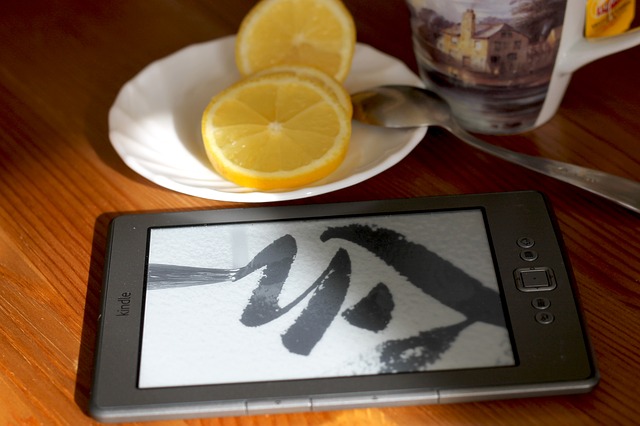Will E-readers ever replace paper books? This question has been around for quite some time now. In the beginning, only a few people would entertain such a thought – and with good reason. The early e-book readers were awfully uncomfortable to read from. These readers possessed an old-fashioned backlit screen that rapidly sapped the batteries. They were also pretty slow and difficult to use. Nevertheless, it seems like today’s e-book readers have really evolved into a dependable alternative as compared to the traditional paperback.
With e-book readers, tons of paper is saved for they do not use paper from trees. Instead, digital readers today have a screen that can be read even in sunlight. While e-book readers use non-existent paper, so is the ink but physical books must use real ink due to printing –thus, ink prices have to be put into consideration also. The cost of producing a physical book is thus on the higher side as compared to a digital book. E-book readers are usually the size of a paperback and are readily available in the market. However, larger readers that can even accommodate a newspaper in a hassle-free manner are in the making and will soon be out in the market.

There are some very distinctive advantages to using a digital reader instead of a traditional book. One, for those on the move; be it commuting or vacations, e-book readers are usually light to carry. They neither crease like actual books do and nor will you drag them around. There have also been improvements on the latest digital readers – in place of the traditional backlit screen is a new paper-like screen that gives the reader the feeling of reading from a real book. E-readers also give one the opportunity to have a large collection of books and creating your own virtual library that does not eat any space at all.
There are several reasons, however, that could dwindle the pace of the digital reader mounting popularity. First things first, the mere price of a digital reader is many times more than the real price of a tangible book. On top of the cost of the e-reader, is the cost of the e-book itself. Did you also know that the price of a tangible book and that of an e-book is almost the same? – The difference is mostly minor.
There is also the undeniable fact that the conventional book is part of history, and at times, culture is very hard to change. There are people who love to touch the real book as they read, others love to make notes while others love to make notes from their reading. People love hitting the libraries and wandering through the bookshelves. These are people who love to see books in their tangible form. And sadly, all these can never be replaced with e-reading. In fact, books have earned the right to being a historical artifact in their very own right. Interestingly, books have a greater lifespan than an electronic gadget could ever have. An e-reader could either break down or something better could come along and take its place.
There are also great plans in the works to replace in print material; in the form of educational material and newspapers. The advantages are there to be seen – cost, condensed storage, the effect on the environment and the list is endless. As you can see, the e-reader is here to stay. It will definitely shape the way we all read newspapers and books in the future. While it is unlikely that the traditional book will ever be wholly replaced and with all the technological advances being made in all reading material; it leaves no doubt that the digital book reader will remain at the forefront of this reading revolution.
